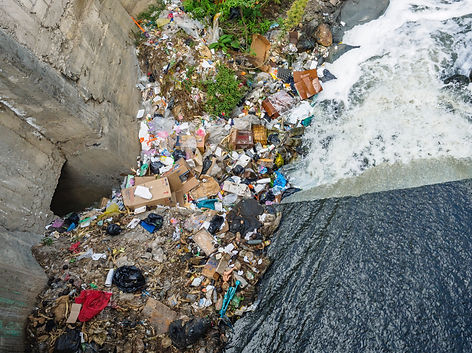Protecting Our ʻĀina, Protecting Our People: Climate Resilience & Environmental Justice for District 26
In Hawai‘i, we are deeply connected to the land, the water, and each other. But in District 26, from the flood-prone banks of Makiki Stream to the urban heat pockets of Punchbowl, Tantalus, & Papakōlea, climate change is no longer a future threat. It’s here. It’s now. And it’s hitting our most vulnerable neighbors first and hardest.
Protecting What We Love: Climate Action for the Next Generation
For over a decade, we’ve watched urgent climate and environmental justice legislation stall:
-
SB814 (2023): Would have required cumulative environmental impact assessments in zoning and permitting—died in committee.
-
HB2605 (2018): Sought to fund critical stormwater upgrades—never made it to a vote.
-
SB1205 (2022): Proposed green roof tax credits for urban cooling—deferred.
-
HB2105 (2020): Aimed to establish a Climate Equity Office—failed to pass the second reading.


Climate Action with Aloha: Protecting What Sustains Us
For far too long, communities like ours have felt the consequences of climate inaction, flooded streams, shrinking green spaces, and environmental burdens disproportionately impacting working-class neighborhoods. We cannot afford another decade of delay. In District 26, climate action must extend beyond policy; it must protect people, restore our' āina, and uplift the communities most at risk.
As your representative, I will champion a bold but achievable climate resilience plan that’s rooted in equity, cultural stewardship, and collective leadership. Working in partnership with local organizations, neighborhood boards, nonprofits, and county and state agencies, we will ensure that solutions are community-driven, not top-down, and that District 26 becomes a model of sustainability, justice, and innovation.
Within my first two years in office, I will:
-
Develop a District 26 Green Infrastructure Plan in collaboration with the City & County of Honolulu, environmental engineers, and community groups to address flooding in Makiki and Kanaha Streams through state-funded mitigation and hands-on restoration projects.
-
Reintroduce and advance legislation for cumulative impact zoning, working with environmental justice advocates and neighborhood boards to prevent new developments from compounding pollution, runoff, and noise in overburdened areas.
-
Launch the Makiki Urban Forest & Green Roof Initiative by securing GIA funding and partnering with schools, tenant associations, and conservation nonprofits to support rooftop gardens, shaded schoolyards, and native tree planting that reduce urban heat and improve air quality.
-
Ban fossil fuels in new public buildings by 2028, starting with pilot clean-energy construction projects in District 26, working with the Department of Accounting and General Services (DAGS), architects, and labor unions to set a precedent for sustainable building practices.
-
Pass legislation to establish a statewide Climate Equity Office, in coordination with climate policy experts and frontline communities, to direct climate resources to those most affected and often left out of state planning.
-
Host annual Climate Resilience Town Halls to ensure transparency, elevate local voices, and create space for schools, cultural leaders, environmental groups, and residents to help shape the climate future of District 26.
When we lead with community voice, trusted partnerships, and the will to act, we can create a Hawaiʻi that’s not only more resilient to climate change, but also more fair, more livable, and more rooted in the values that make District 26 special. From the shaded streets of Makiki to the streambeds of Papakolea and the hillside homes of Makiki, Punchbowl, and Tantalus, our neighborhoods deserve clean air, protected green spaces, and the assurance that our families and future generations will thrive here.
This isn’t just a climate plan, it’s a commitment to mālama ʻāina and uplift those most impacted. It’s about ensuring that environmental progress doesn’t skip over working families, kūpuna, or local renters. With collaboration between residents, schools, neighborhood boards, nonprofits, and regional and state agencies, we can turn delay into action and make District 26 a model for people-first, community-powered sustainability across Hawaiʻi.

